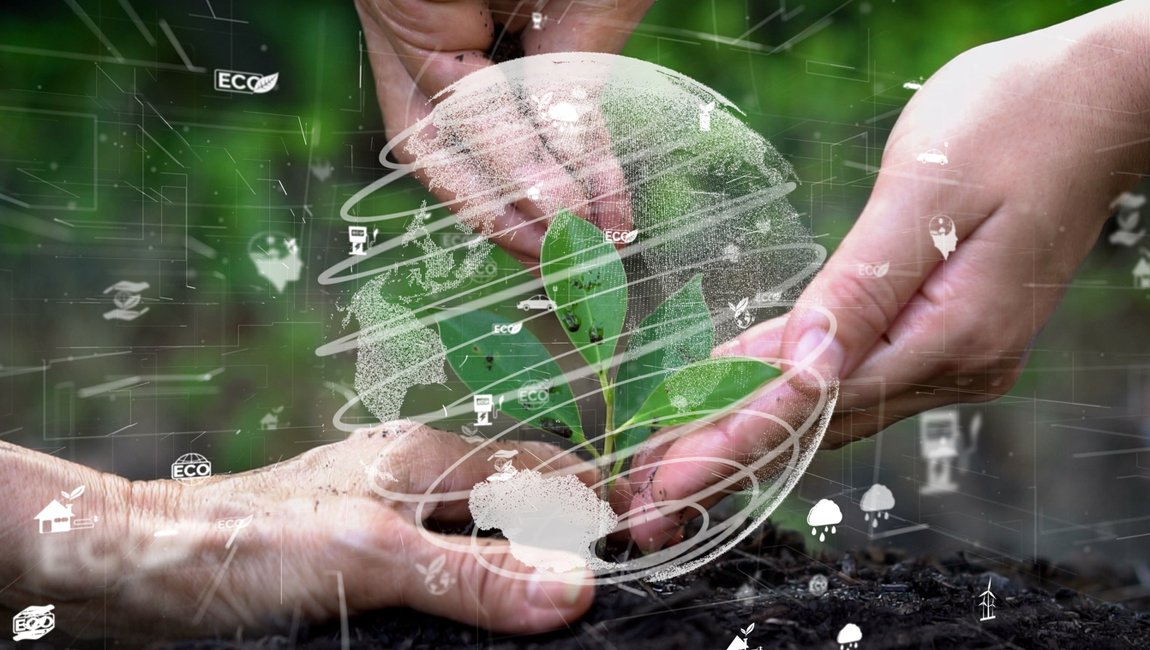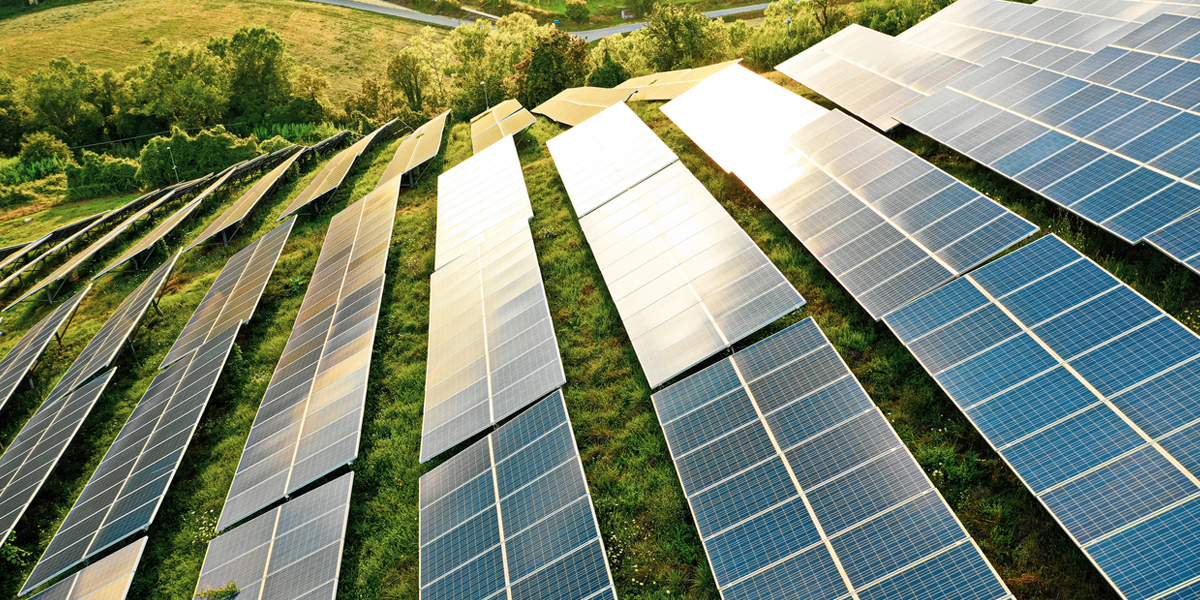What is sustainable development?

On the surface, “sustainability” and “development” might seem at odds with each other. Contemporary society places heavy emphasis on economic growth and productivity (broadly, “development”), which can come at the expense of humane labor standards and environmentally friendly practices (both thought to be key elements of “sustainability”). But it doesn’t have to be this way.
Sustainable development is a concept that embraces innovation and the interconnectedness of the globalized world without threatening the well-being of the planet, its people, and its future. Defined in the 1987 Bruntland Commission Report as “development that meets the needs of the present without compromising the ability of future generations to meet their own needs,” sustainable development is a guiding principle of the United Nations. Notably, it is distinct from sustainability itself. While the latter is a large-scale, long-term goal that global governments and institutions are working to reach, the former is the collection of practices, agreements, and processes that should lead to accomplishing it.
What are the Sustainable Development Goals?
On its own, “sustainable development” is not as broadly diffused a talking point as the specific Sustainable Development Goals outlined by the United Nations. References to the UN 2030 Agenda and the “SDGs” frequently crop up in media coverage. The “SDGs” themselves are a collection of 17 interrelated objectives aimed at creating “a blueprint to achieve a better and more sustainable future for all.” Put simply, they’re a call to action aimed at prompting countries to implement change in policy, industry, education, and public health.
Put specifically, the Sustainable Development Goals are aimed at:
- eliminating poverty in all its forms;
- reaching “zero hunger” levels and achieving food security around the world;
- ensuring health and well-being for all ages;
- guaranteeing inclusive and equitable education;
- achieving gender equality and empowering women and girls;
- ensuring availability of clean water for all;
- ensuring access to forms of affordable, clean energy;
- promoting decent work and economic growth;
- building resilient and innovative infrastructures and forms of industrialization;
- reducing inequalities within and across national lines;
- making cities and residential communities more inclusive and sustainable;
- ensuring sustainable consumption and production processes;
- urgently acting to curb climate change and its effects;
- conserving and responsibly using the oceans, seas, and marine resources;
- promoting protection, restoration, and sustainable use of forests, deserts, and other terrestrial ecosystems;
- promoting peace, justice and transparency at the institutional level;
- valuing and strengthening partnerships for sustainable development.
If the Sustainable Development Goals seem lofty, that’s by design. But they don’t exist in a vacuum; they’re an outgrowth of decades’ worth of work by individual countries and the United Nations, including the UN Department of Economic and Social Affairs.
Four dimensions of sustainable development

The Sustainable Development Goals each have sub-targets and complementary goals and projects, because sustainable development itself is multifaceted. Indeed, it is thought to have four dimensions—society, environment, culture, and economy—which are all distinct yet intertwined. Whatever affects one of the four dimensions of sustainable development is bound to affect the others, even if to a lesser degree.
Four dimensions of sustainable development

The Sustainable Development Goals each have sub-targets and complementary goals and projects, because sustainable development itself is multifaceted. Indeed, it is thought to have four dimensions—society, environment, culture, and economy—which are all distinct yet intertwined. Whatever affects one of the four dimensions of sustainable development is bound to affect the others, even if to a lesser degree.
Aligning with the United Nations 2030 Agenda
Companies and institutions that are committed to the values laid out in the SDGs have begun using them as a blueprint to discuss their own work. For example, a commitment to transparency about emissions and carbon footprint might be touted on an organization’s website as a contribution to SDG 13, which zeroes in on climate action. While not every element can be tackled at once, responsible and innovative 21st-century companies and organizations should be actively examining how their policies and processes contribute to specific SDGs.




